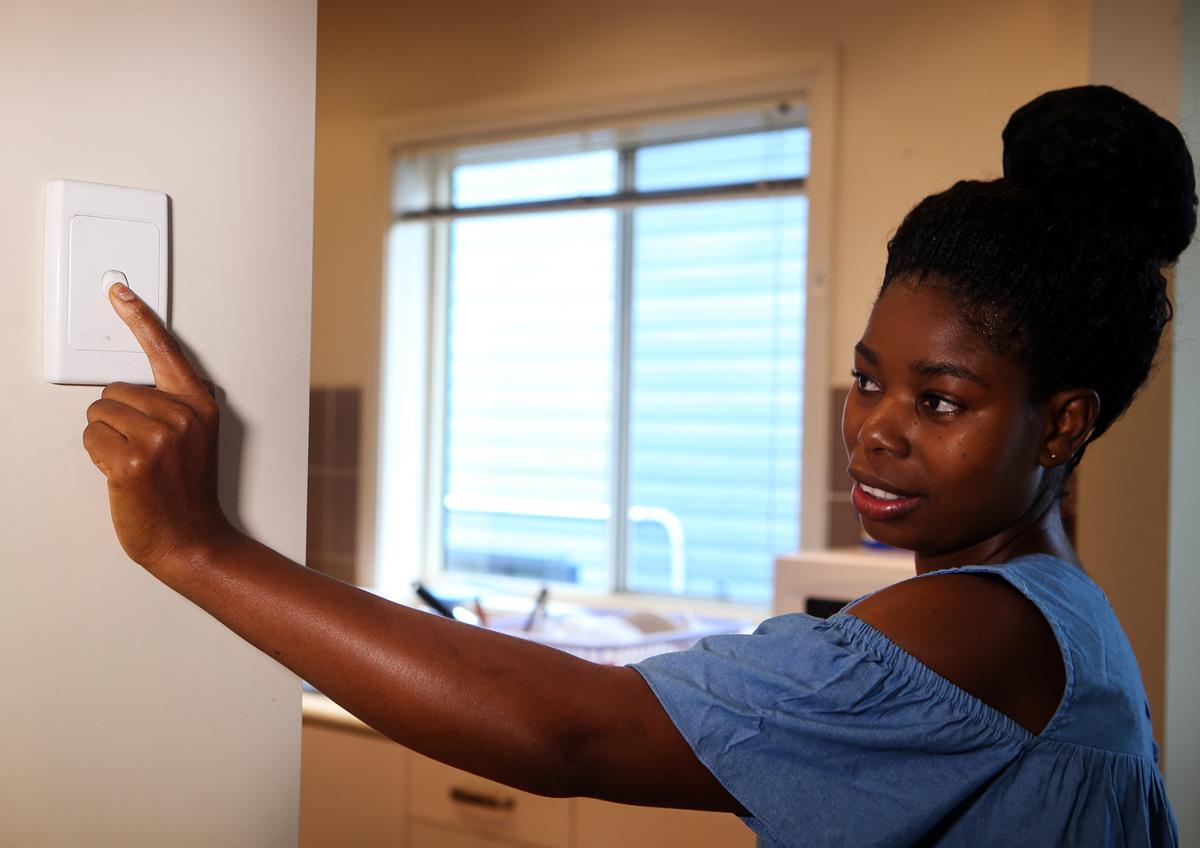Your electricity bill is calculated by multiplying your energy use in kilowatt hours (kWh) by the energy price.
Bill ($) = energy use (kWh) x energy price ($/kWh)
If your energy costs have changed recently, there are a few things you can check to understand why.
Increased energy use.
Have a look at your kWh figure. Has it gone up? In the summer, using an air conditioner contributes to a higher bill. The short, cold days of winter mean you are likely to use heaters and lights more often. New appliances may also have contributed to a spike.
Cost of electricity.
The wholesale price of electricity goes up and down every day depending on demand. But when energy providers buy electricity they on-sell it to customers at a set price. Most providers change their rates only once a year.
Change in billing period.
How many days are you being billed for? Check that you’re comparing bills with the same number of days.
Estimated bill.
If an energy company representative was unable to access your property to read your meter, you may have received an estimated bill. If you are not happy with this reading, contact your energy provider.
Control your bill
If you want to control the cost of your energy bill, you can reduce your energy use, check your plan, or do both.
Reducing energy
If you want to bring down the cost of your energy bill, you can reduce your energy use by making small changes in your home or business.
Avoid waste. Turn off the air conditioner or heater and the lights when you go out.
Manage your energy. Where possible, use cold water when you do the laundry.
Be efficient. Upgrade your appliances for more energy efficient models and install good insulation.
Go green. Installing solar panels can help you reduce your bills. Solar power has an overall lower cost over its lifetime.
Avoiding the costs
Another option is to check your plan with your current provider and see if you can further bring down your costs by investigating your options.
Shop around. Look for a retailer who provides a plan suited to your situation. It can be very confusing making comparisons between the different retailers. Look out for the rate per kWh, fixed supply charges and any fees. Fees may range from paying a bill late or for using a credit card.
Compare providers. Use the Federal Government site Energy Made Easy to compare available providers in your area.
Opt in. Ask your retailer for a time-of-use tariff, including off-peak and smart meter based tariffs.
Improve your management. Avoid or reduce using energy during the peak periods.
Government programs. See if you’re eligible for current offers.
